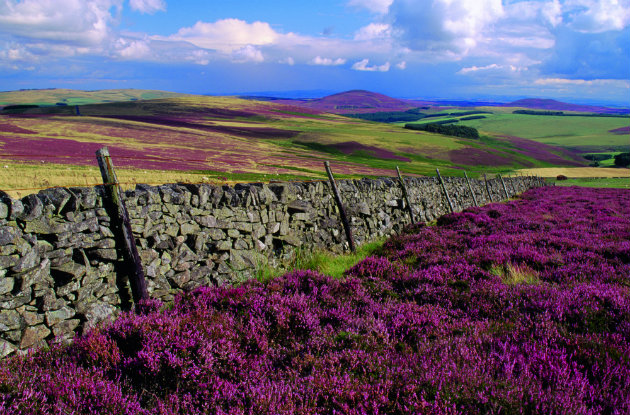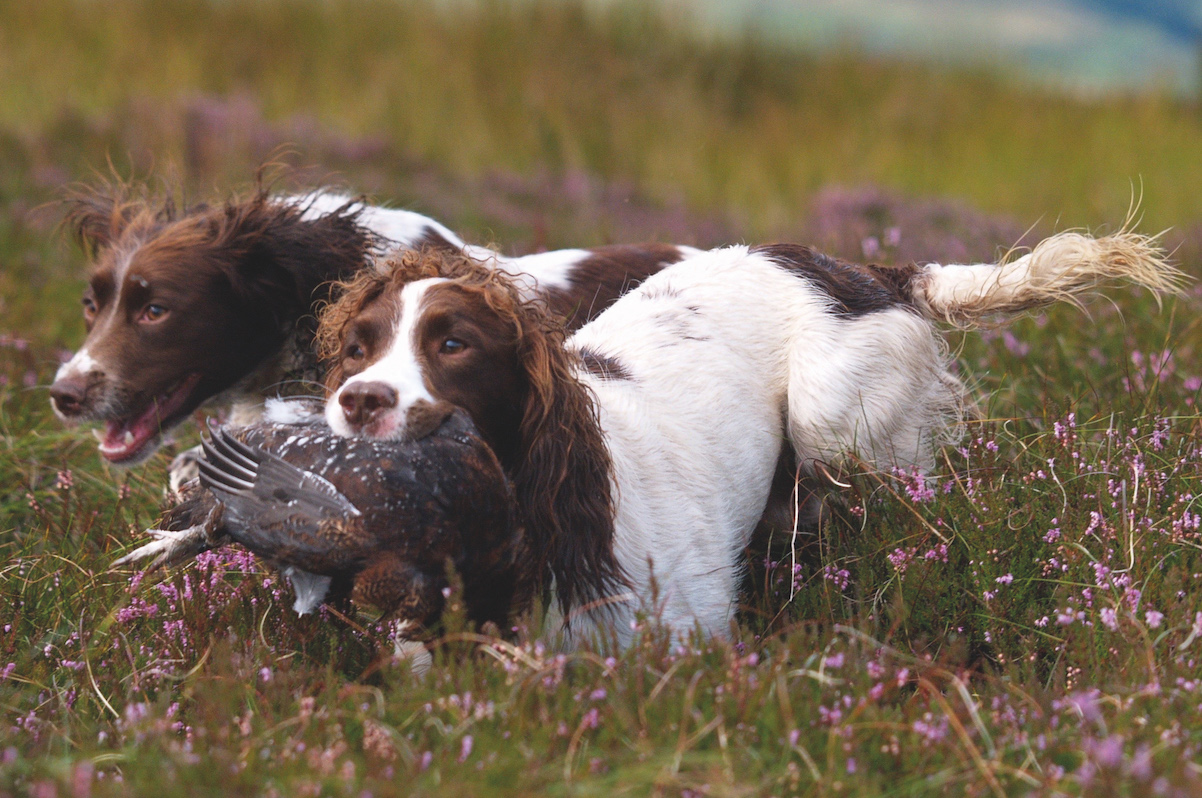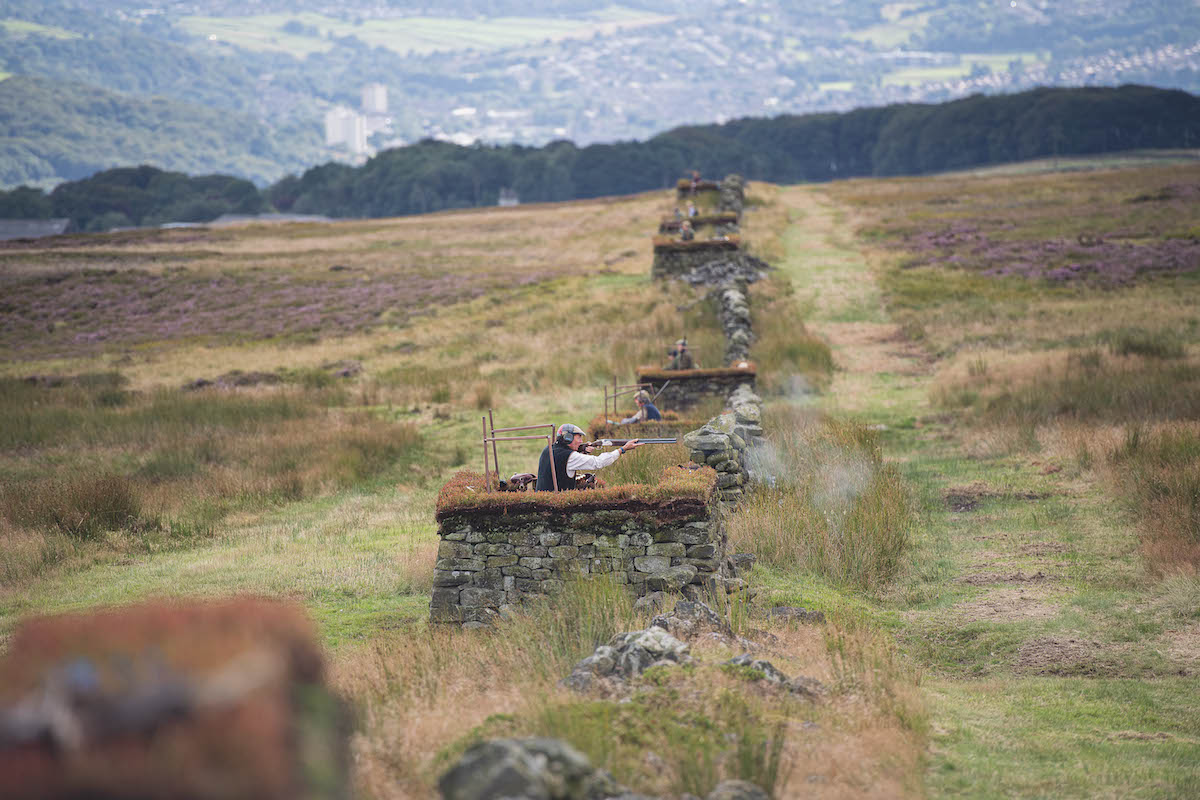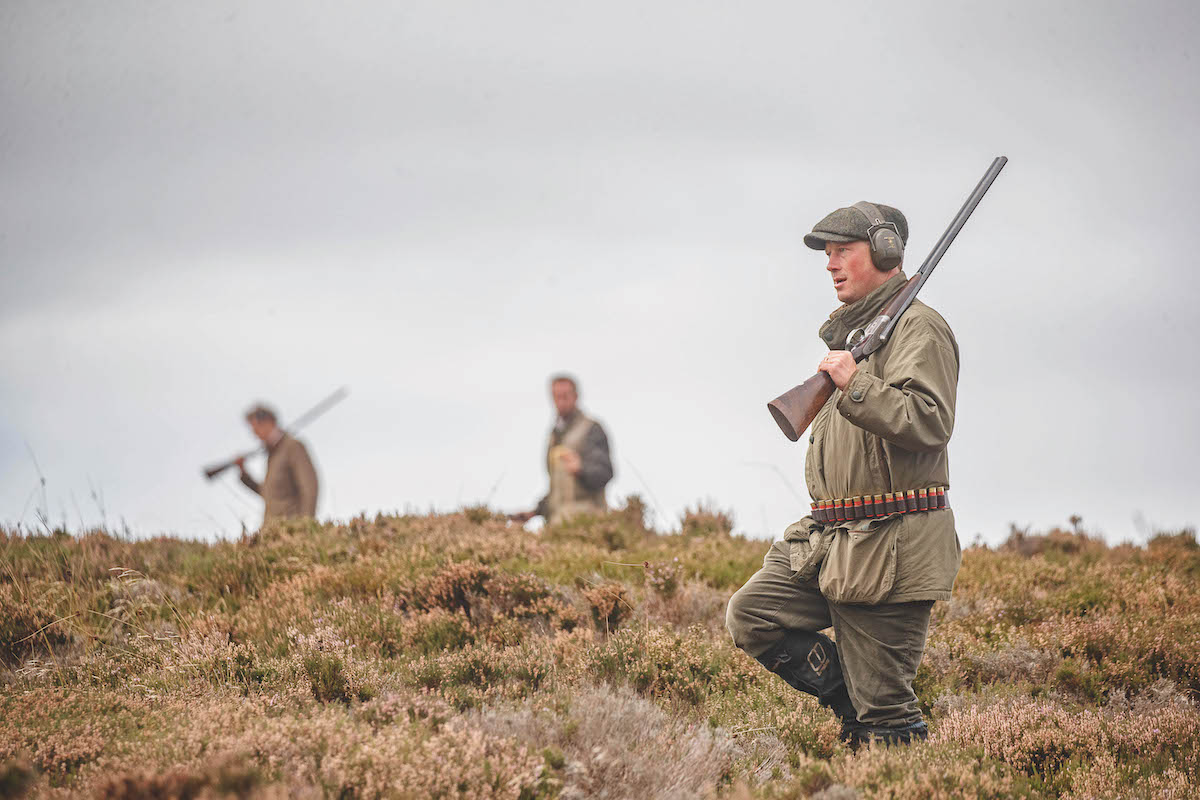Protecting grouse moors
Jack Depledge sees the essential and detailed work that gamekeepers undertake to ensure the continued health of the UK’s threatened grouse moors

Conservation and positive management of the moors is vital for survival
With around 75 per cent of the world’s heather moorland located in the UK, tied with the fact that heather moorland habitat is in a more critical condition than the rainforests, it is clear that conservation and positive management of the moors to maintain this diverse habitat is vital for its survival.
Continuing the overwhelming efforts of the previous generations of gamekeepers, the Northern School of Game and Wildlife aims to educate trainee gamekeepers in all aspects of moorland management to allow them to understand the importance of maintaining such a fragile habitat.
In addition to the college’s own grouse moor, we have the chance to undertake a work placement in any industry-related job of our choosing. My placement for the summer has been on a grouse moor, on the borders of the Forest of Bowland, where I have been observing and understanding the benefits and practicalities of modern grouse moor management.
Grip blocking
The first of many habitat improvement tasks I undertook was “grip blocking”. Moorland gripping was common practice in the uplands during the 1960s to 1980s, and involved digging ditches to increase the drainage from the moorland. However, excessive drainage can be detrimental to the naturally damp moorland soil conditions, hindering the regeneration of some native vegetation and increasing the rate of erosion. Therefore, grip blocking can help restore natural drainage patterns, which encourages regeneration of native moorland species and reduces the rate of soil erosion and water flow from the moor.
Heather burning
As successful moorland management focuses on biodiversity, another habitat management task I undertook was heather burning. Heather, being the very basis of a grouse moor, is paramount to its success or failure. Short/young heather provides food for many species with its nutritional shoots. Taller/older heather provides shelter and nest sites for birds and other wildlife. The heather must be managed to ensure there is a balance of both young and old, to allow a healthy breeding season for many species that depend on the moorland habitat. A mosaic of different length heather can be seen across managed grouse moors, which allows territories to include different ages of heather which increases survival rates. With the heather shown only being burned in April; the young, nutritious heather shoots are thriving well to produce a plentiful food source for many different species.
The benefits of the hard work that gamekeepers undertake on a daily basis is clear. Around the grip blocks, and where the land had returned to a damper state, plant species such as bog myrtle (Myrica gale), water lobelia (Lobelia dortmann), bog asphodel (Narthecium ossifragum) and common cottongrass (Eriophorum angustifolium) are regularly observed. Moving onto the drier ground and where the heather had previously been burned, tormentil (Potentilla erecta), ling heather (Culluna vulgaris), bilberry (Vaccinium myrtillus), crowberry (Empetrum nigrum) and many, many more species are often identified. Such an array of flora can also harbour many bird species; oystercatcher (Haematopus ostralegus), golden plover (Pluvialis apricaria), lapwing (Vanellus vanillas) and curlew (Numenius arquata) are all commonplace on managed grouse moors.
Grouse diversity
The diversity of wildlife on grouse moors is stark and vast, if only the evidence is observed. According to BASC’s Value of Grouse Shooting report, grouse shooting is worth £100million to the UK economy annually, and supports the equivalent of around 2,500 full-time jobs in some of the most rural areas of the UK. This begs the question why have all the recent attacks on grouse shooting been made, especially from certain high profile figures? Education, such as that at the Northern School of Game and Wildlife, seems key to eliminating this misunderstanding and ignorance of the UK countryside.
SIGN the petition to keep grouse moors and grouse shooting
Grouse shooting is under threat. And we need YOU to sign the petition to protect grouse shooting and grouse…
Walked-up grouse or pigeon over stubbles?
Walked-up grouse by Ben Samuelson For the real shooting cognoscenti, there really isn’t anything quite like a day of walked-up grouse. Some…
The pleasure of working dogs on a grouse moor
For most of us the shooting season is still months away. If, however, you are fortunate enough to work your dogs on the grouse moors,…
The charm of walked-up grouse shooting
Tramping across heather is mesmeric. One step, another; one step, another. Horizons and granite grab the gaze and it’s hard to focus on the…












